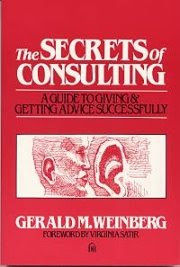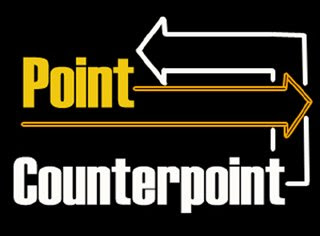
The C360 group wrote about the possible recovery on the 19th of April 2009.
"In Jan. 2009, some associates told us that the U.S. economy will recover sometimes late this year. That the upper tier banks have slowly begun to release money to the upper middle tier of our society. It will slowly trickle down to other parts of the economic value chain."
We immediately assessed the source of their information and believed the validity of their view.
Our assessment told us that the overall growth of the job market will be slow. We believe that the fore-coming economic upswing will positively benefit the professionals with ultra-class expertise. We advised those with average work skills to master an arcane high valued trade that has a minimum chance of being obsolete.
Those who thrive in this challenging economy, usually have ultra class expertise in one or two "hot" areas. They also have a few "above average" general skills.
Someone asked us the question of what to assess.
Following was (the abridgment) of our response:
"Assess your grand settings cautiously and carefully focus on the following three points:
- the disposition of the (entire field) of competitors;
- the economic influences; and
- the market influences.
Our globally connected society allows the many global forces to shift and sway the economic foundation of the United States and the rest of the world each and every month.
Conclusively, we do live in interesting times.
#
Leading Indicators Are Signaling the Recession’s End
By FLOYD NORRIS
THE American recession appears to be nearing an end, but only after it has become the deepest downturn in more than half a century.
The index of leading indicators, which signals turning points in the economy, is rising at a rate that has accurately indicated the end of every recession since the index began to be compiled in 1959.
The index was reported this week to have risen for the third consecutive month in June, and to have risen at a 12.8 percent annual rate over those three months. Such a rise, pointed out Harm Bandholz, an economist with UniCredit Group, “has always marked the end of the contraction.”
Mr. Bandholz said he expected that the National Bureau of Economic Research, the official arbiter of American economic cycles, would eventually conclude that the recession bottomed out in August or September of this year.
If that proves to be accurate, the recession that began in December 2007 will have lasted 21 or 22 months, making it the longest downturn since the Great Depression.
There are caveats to the forecast, of course. Somewhat illogically, the index of leading indicators is subject to revision in coming months, which could make the recent gain seem smaller and not necessarily indicative of an approaching recovery.
Only seven of the 1o leading indicators for June have been reported by the government, while the other three were estimated by the Conference Board, an independent research group that compiles the indicators. Some of the seven indicators that have been reported may be revised.
As can be seen in the accompanying charts, six of the seven recessions since 1960 either ended in the month the indicator first showed a 12 percent annualized gain, or had ended a month or two before the index did so.
The exception was the 1990-’91 recession, which was followed by one of the slowest recoveries ever. The official end of the recession was in March 1991, but the recovery was so tepid that it was not until December 1992 that the economic research bureau made that call. As it happened, December was the same month the indicator first showed such a strong three-month rise.
An end to recession is not, of course, the same thing as the beginning of a boom. The indicator “has an unblemished record on calling the turning point,” said another economist, Robert J. Barbera of ITG, “but it is not a particularly good guide to the power of the upturn.”
Indeed, one of the strongest moves in the leading indicators came at the end of the brief 1980 recession, as credit controls were removed. But the economy soon fell into another, longer recession.
Mr. Bandholz thinks we may get a “W” recovery, in which early gains are followed by weaker figures. “We do not expect this recovery to be strong and self-sustaining,” he said. “What is lacking is support from consumer spending.”
During the most recent three months, the strongest indicators have been the financial ones. The Standard & Poor’s 500-stock index has risen while the gap has widened between long-term and short-term interest rates. The indicators index was also helped by an increase in consumer expectations and a slowing in deliveries by suppliers. (Slower deliveries are assumed to be caused by rising orders, although such a change could indicate the suppliers simply laid off too many workers.)
Two of the 10 indicators — the money supply and new orders for consumer goods — have shown declines.
Another measure compiled by the Conference Board, the index of coincident indicators, has fallen for eight consecutive months, and dropped in 17 of the last 19 months. That indicator is often used by the economic research bureau in dating decisions, and its failure to stabilize is a reason that Mr. Bandholz says he thinks the downturn is not yet over.
The index of coincident indicators has fallen 6.4 percent from the peak it reached in November 2007, making this the deepest recession since 1960. Before this cycle, its steepest decline was a 5.6 percent slide during the 1973-’75 downturn.
Floyd Norris’s blog on finance and economics is at nytimes.com/norris.http://www.nytimes.com/2009/07/25/business/economy/25charts.html














